As Competency-Based Education Gains Interest, Charter Oak State College Among Leaders
/“Competency-based education has the potential to streamline the path to a college degree for a significant number of students, both working adults who can apply their skills and experiences to earn credit for what they already know and other students who prefer self-paced learning over the traditional time-based model of earning credits.” That is the conclusion of a new report analyzing the current status – and future potential – of competency-based education (CBE) in the United States, researched by the American Enterprise Institute’s Center on Higher Education Reform.
The study, “The Landscape of Competency-Based Education,” found that there are currently 34 colleges nationwide that have CBE programs, with at least 18 more colleges working on developing programs. One of those 34 colleges is Connecticut’s Charter Oak State College, the state’s on-line degree-granting institution. It is the only Connecticut college highlighted in the report. 
For Charter Oak, the approach is wholly consistent with its mission, not a new concept, and growing in interest and popularity among potential students.
The report indicates that a growing number of colleges and universities are offering, or soon will offer, college credits in exchange for direct demonstrations of learning, NPR recently reported. “That's a big shift from credit hours — the currency of higher education for more than a century — which require students to spend an allotted amount of time with instructors. A ‘competency’ might be a score on a standardized exam or a portfolio of work. The major argument in favor of competency-based programs is that they will offer nontraditional students a more direct, more affordable path to a degree,” the NPR story indicated.
Charter Oak State College has been very involved in the competency based education national movement for some time. The institution’s President and Provost are part of the steering committee of C-BEN, the Competency Based Education Network which is comprised of colleges who are interested in “pushing the traditional college delivery envelope.” The initiative is funded by the Lumina Foundation, one of the nation’s most respected education foundations.
Charter Oak State College President Ed Klonoski participated in a panel of leading higher education innovators in Washington, D.C. to discuss new and emerging models of academic learning and assessment. The panel was moderated by Jamie Merisotis, Lumina Foundation President & CEO (and a Connecticut native), and took place in The Dirksen Senate Office Building nearly two years ago.
Klonoski pointed out that "at Charter Oak we have been offering competency based approaches to higher education since our founding in 1973,” adding that “these approaches are now being highlighted as ways to lower the cost of higher education and accelerate degree attainment."
Panelists addressed the growing importance of identifying and assessing learning outcomes and their impact on shortening the time toward degree completion, and shared insights about innovative and effective models in linking learning and degree attainment.
Also in 2014, the federal Department of Education sought proposals from institutions seeking status as experimental sites focused on competency-based education. Charter Oak submitted an individual college response and a joint response with C-BEN members. By late last month, the federal agency designated Charter Oak as one of 11 CBEN institutions to participate.
 Charter Oak’s proposal would create an Experimental Site in financial aid that would offer aid to students for prior learning (established via portfolios and tests), with the aim of making a college degree more affordable and accessible.
Charter Oak’s proposal would create an Experimental Site in financial aid that would offer aid to students for prior learning (established via portfolios and tests), with the aim of making a college degree more affordable and accessible.
The American Enterprise Institute report calls for more data to be gathered in rigorously examining the range of CBE programs being offered and developed, to better identify strengths and weaknesses of the various types of programs, and the students who would benefit most from particular programs. The report was researched by Robert Kelchen, assistant professor of higher education at Seton Hall University, who noted of the evolving field, “there is still no consensus definition of CBE, even among the institutions that provide it.” Programs fall into two main areas, according to the report:
- Well-established prior learning assessments (PLA), which grant credits for content that a student has previously mastered; and
- Newer competency-based coursework, where students progress toward a degree as they demonstrate mastery of new academic content.
The American Institute plans additional reports on additional aspects of CBE, as the field continues to “catch the attention of federal and state policymakers, foundations, and colleges.”





 Last month, a bipartisan group of 20 members of Congress
Last month, a bipartisan group of 20 members of Congress


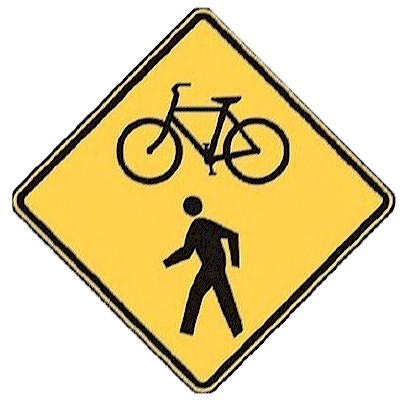
 motorized transportation networks and safety. Communities that routinely collect walking and biking data, they point out, are better positioned to track trends and prioritize investments.
motorized transportation networks and safety. Communities that routinely collect walking and biking data, they point out, are better positioned to track trends and prioritize investments.
 “We were excited here in Connecticut to give our Girl Scouts the opportunity to participate in a pilot of Digital Cookie, a first-of-its-kind web platform that lets girls sell cookies from their own protected, personalized websites,” said Tiffany Ventura Thiele, Communications & PR Manager for Girl Scouts of Connecticut.
“We were excited here in Connecticut to give our Girl Scouts the opportunity to participate in a pilot of Digital Cookie, a first-of-its-kind web platform that lets girls sell cookies from their own protected, personalized websites,” said Tiffany Ventura Thiele, Communications & PR Manager for Girl Scouts of Connecticut.
 Officials stress that “because 100 percent of the net revenue raised through the Girl Scout Cookie Program stays with local councils, when you purchase Girl Scout Cookies you’re not only getting a delicious treat — you’re also making an important investment in your community.”
Officials stress that “because 100 percent of the net revenue raised through the Girl Scout Cookie Program stays with local councils, when you purchase Girl Scout Cookies you’re not only getting a delicious treat — you’re also making an important investment in your community.”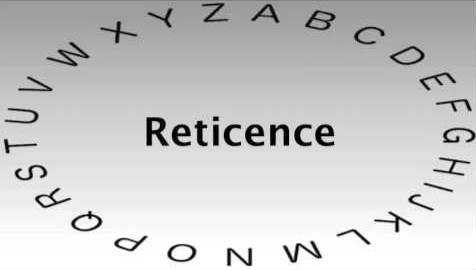
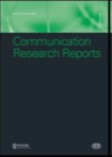 The “dysfunctional thinking” and anxiety due to emotional instability or the lack of openness to new experience contributes to fear of negative evaluation, the study concluded. It is this fear of potential negative social judgment that is at the heart of reticence, in which individuals believe that ‘‘it is better to remain silent than to risk appearing foolish.’’
The “dysfunctional thinking” and anxiety due to emotional instability or the lack of openness to new experience contributes to fear of negative evaluation, the study concluded. It is this fear of potential negative social judgment that is at the heart of reticence, in which individuals believe that ‘‘it is better to remain silent than to risk appearing foolish.’’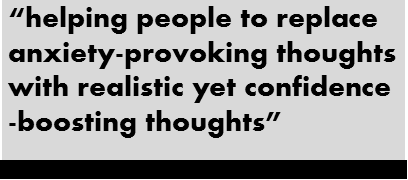
 s.
s. The top 10 institutions are Johns Hopkins, University of Michigan (Ann Arbor), University of Washington (Seattle), University of Wisconsin (Madison), University of California (San Diego), University of California (San Francisco), Harvard, Duke, University of North Carolina (Chapel Hill) and University of California (Los Angeles).
The top 10 institutions are Johns Hopkins, University of Michigan (Ann Arbor), University of Washington (Seattle), University of Wisconsin (Madison), University of California (San Diego), University of California (San Francisco), Harvard, Duke, University of North Carolina (Chapel Hill) and University of California (Los Angeles). The survey collects information on R&D expenditures by field of research and source of funds and also gathers information on types of research and expenses and headcounts of R&D personnel. The survey is an annual census of institutions that expended at least $150,000 in separately budgeted R&D during the fiscal year.
The survey collects information on R&D expenditures by field of research and source of funds and also gathers information on types of research and expenses and headcounts of R&D personnel. The survey is an annual census of institutions that expended at least $150,000 in separately budgeted R&D during the fiscal year.

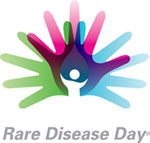

 iagnose, treat, and ultimately, cure NEC. Named after Morgan, it celebrates his survival, courage and strength. Morgan and his twin brother were born at 28 weeks, nearly three months early and each weighing less than 2.5 pounds. At four days old, Morgan developed NEC and lost approximately 20 percent of his small intestine. Morgan not only survived but has also thrived since his bout with NEC. The fund is his family’s way of paying it forward.
iagnose, treat, and ultimately, cure NEC. Named after Morgan, it celebrates his survival, courage and strength. Morgan and his twin brother were born at 28 weeks, nearly three months early and each weighing less than 2.5 pounds. At four days old, Morgan developed NEC and lost approximately 20 percent of his small intestine. Morgan not only survived but has also thrived since his bout with NEC. The fund is his family’s way of paying it forward.
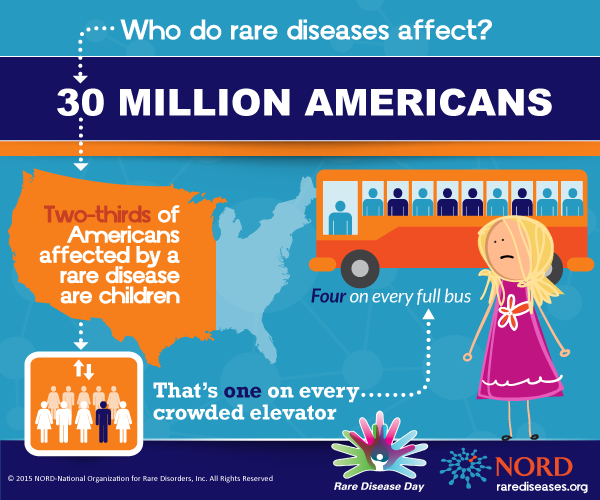


 “Hopefully this program will be a model for the rest of state,’’ Snedaker said. “Parents will now know their young children will have some of the same protections that benefit public middle and high school athletes.” In Norwalk, the newly approved guidelines had received support for the Norwalk Youth Football and Cheer, Norwalk Junior Soccer Association, Norwalk Cal Ripkin Baseball, Norwalk Little League and Norwalk Junior Lacrosse, according to the SportsCAPP website.
“Hopefully this program will be a model for the rest of state,’’ Snedaker said. “Parents will now know their young children will have some of the same protections that benefit public middle and high school athletes.” In Norwalk, the newly approved guidelines had received support for the Norwalk Youth Football and Cheer, Norwalk Junior Soccer Association, Norwalk Cal Ripkin Baseball, Norwalk Little League and Norwalk Junior Lacrosse, according to the SportsCAPP website.


























